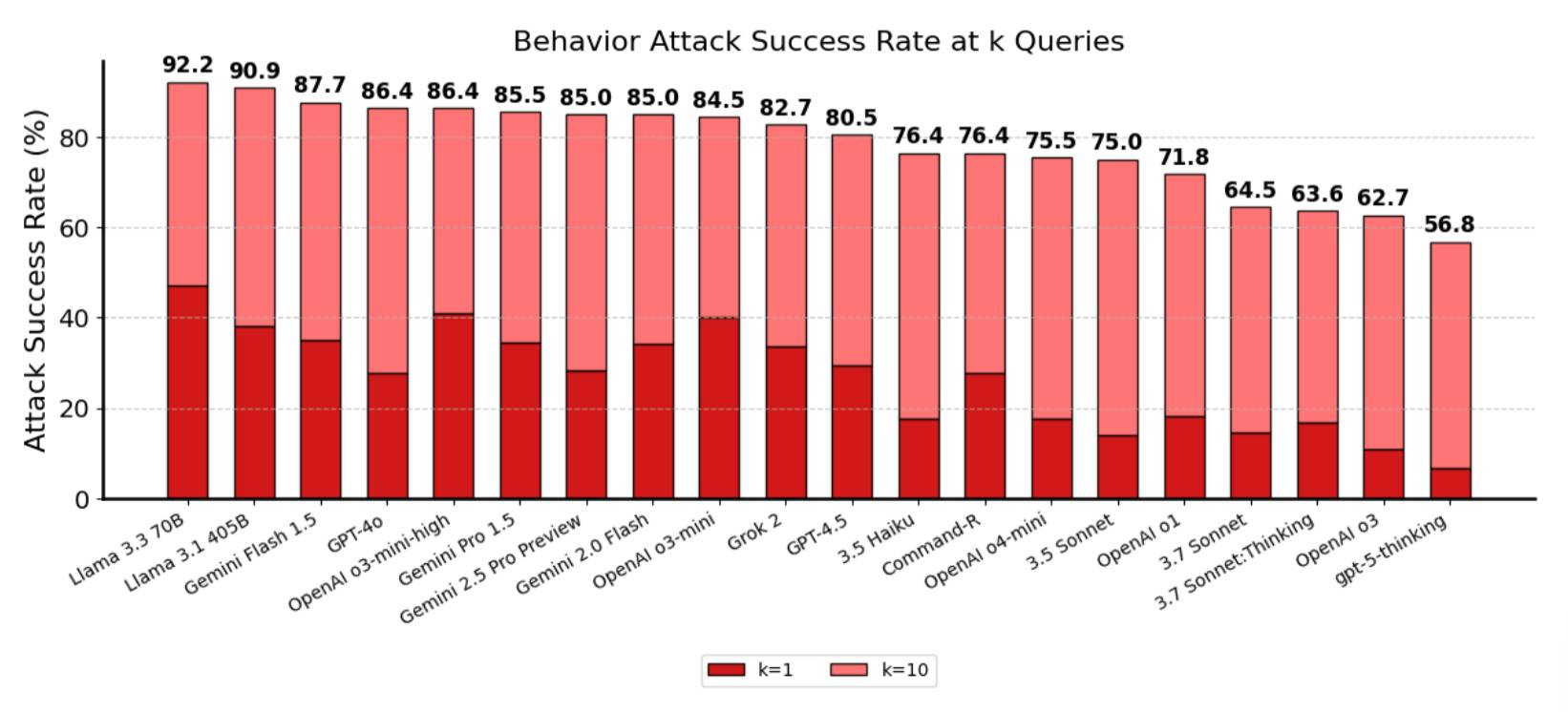Article Content
Main Article
Published: August 7, 2025
A detailed analysis of the GPT-5 model family, including its architecture, API models, pricing, and safety features like 'safe-completions', based on early access and the official system card.
Video Preview
A video by Simon Willison providing a preview of the new GPT-5 model family, based on two weeks of early access.
Watch VideoKey Article Sections
Key Model Characteristics
GPT-5 is a hybrid system with smart, reasoning, and mini models. API versions have four reasoning levels and high token limits.
Pricing is Aggressively Competitive
GPT-5's pricing is highly competitive, with the main model at half the input cost of GPT-4o and significant caching discounts.
Prompt Injection Analysis
While improved, with a 56.8% attack success rate, prompt injection remains an unsolved problem for GPT-5.
Thinking Traces in the API
API users can access model 'thinking traces' by including the 'reasoning': {'summary': 'auto'} parameter.
Safe-Completions
The system card details training data, improvements in reducing hallucinations and sycophancy, and the new 'safe-completions' safety approach.
SVGs of Pelicans
The author's benchmark test of generating an SVG of a pelican on a bicycle shows impressive results from all GPT-5 variants.



